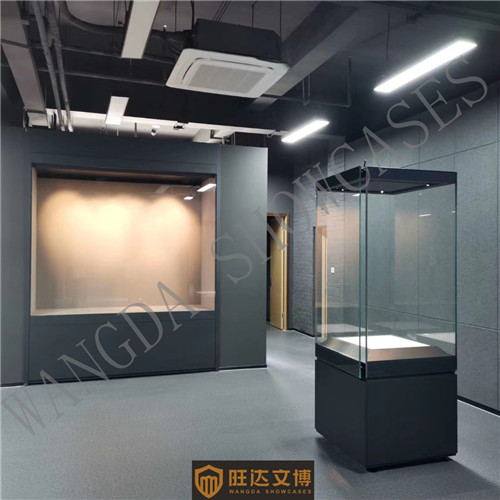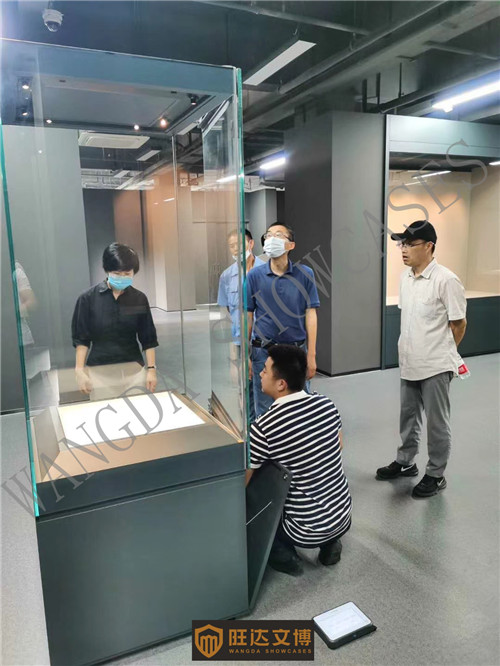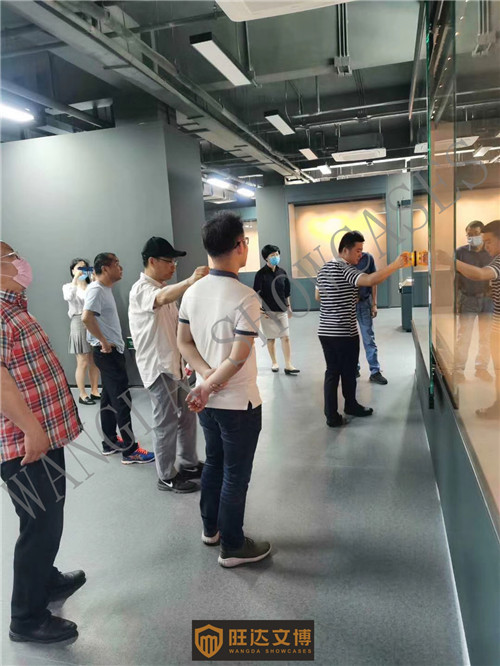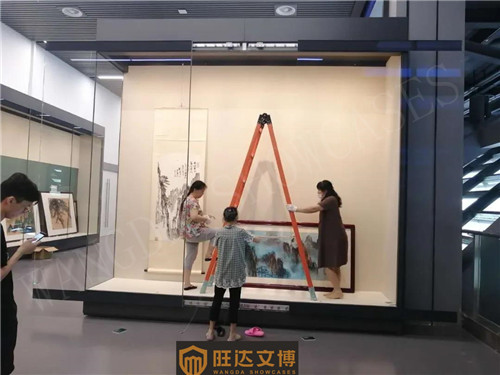WANGDA SHOWCASES was awarded with the contract to customize demountable modular showcases for National Museum of Scotland and we fulfilled the project in less than three weeks as specified.All the modular showcases were custom-built by us to comply with the critical and highest technical points stipulated by National Museum of Scotland, like air exchange rate to be less than 0.1 per 24 hours, no harmful VOC release in display space and so on. The modular showcases creatively come with demountable metal profiles for protecting all the joints between glass panels so as to completely ensure the highest security of the modular showcases under the complicated environment.
Seraphim Sarovsky Exhibition in Moscow,Russia
Seraphim Sarovsky Exhibition of Saint Sergius of Radonezh in Moscow, Russia opens to the public. WANGDA SHOWCASES customized superb museum grade display cases in compliance with the highest international technology and quality criteria of museum showcases professional for museum grade conservation, protection and exhibition.
Saint Sergius of Radonezh (Russian: Се́ргий Ра́донежский, Sergii Radonezhsky; 14 May 1314 – 25 September 1392), also known as Sergiy Radonezhsky, Serge of Radonezh and Sergius of Moscow, was a spiritual leader and monastic reformer of medieval Russia. Together with Saint Seraphim of Sarov, he is one of the Russian Orthodox Church‘s most highly venerated saints.
Sergius of Radonezh was a leading Russian monk in the fourteenth century who founded the Holy Trinity monastery north of Moscow. He is much revered and has a special place in Russian monasticism and the nation of Russia. An ascetic, he was deeply humble and had a firm faith in God’s help. After his glorification the monastery he founded became known as the Holy Trinity-St. Sergius Lavra.
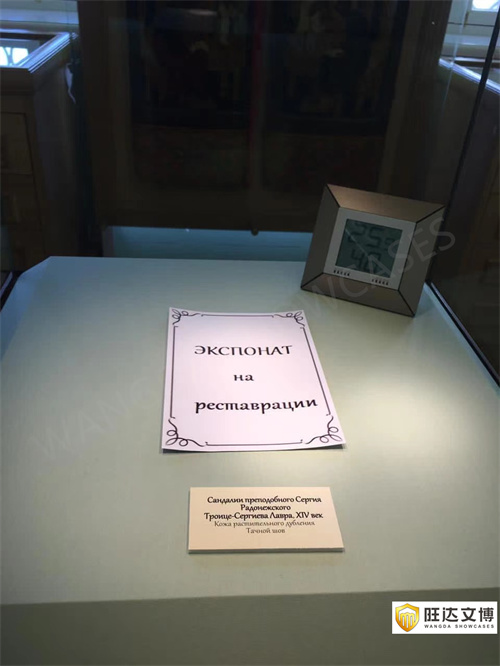

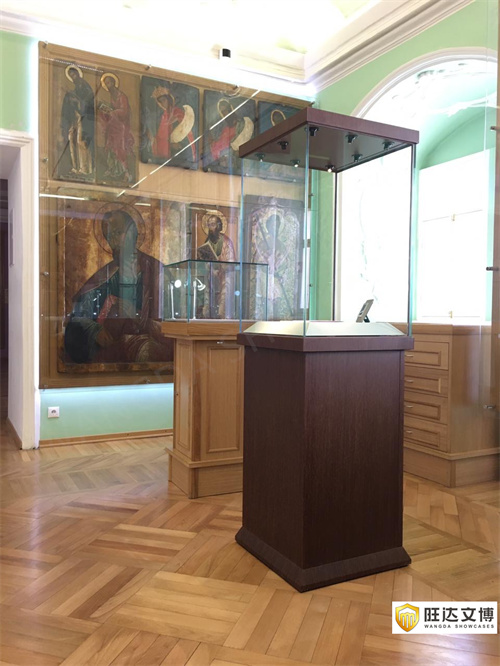
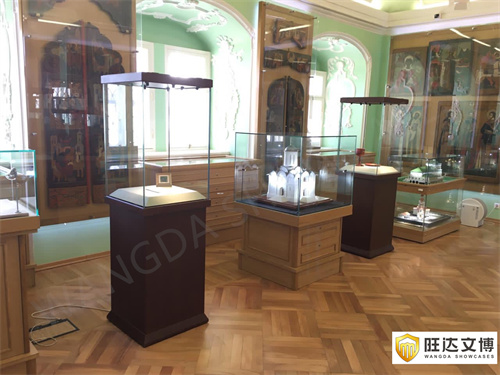
QuanZhou Maritime Museum
WANGDA SHOWCASES custom-built all the museum grade display cases for all the 7 galleries for QuanZhou Maritime Museum of China. QuanZhou Maritime Museum is an epitome of the Chinese oceanic culture. There are seven permanent thematic exhibitions with the museum. The exhibition vividly reveals the glorious oceanic culture of Ancient China and eulogize the heroic spirit of the Chinese conquest of the oceans. The exhibition also presents the important contribution by China to the Sea Silk Road and China’s great achievment in sea navigation and vessel industry.


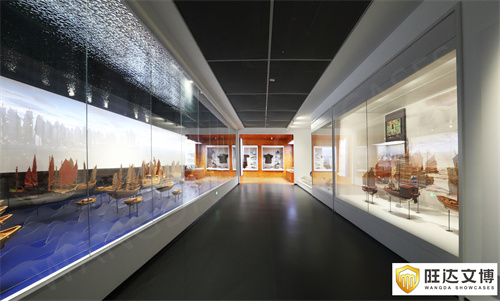
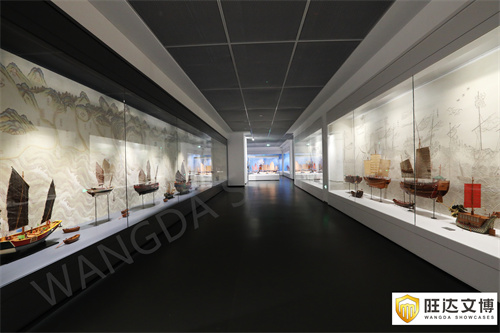
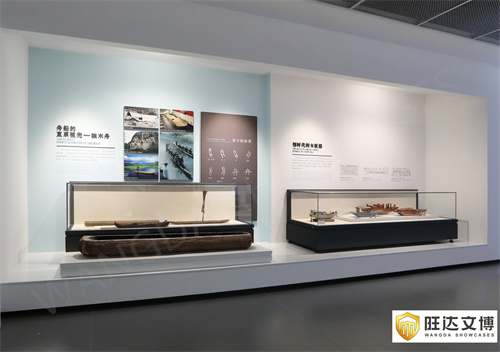



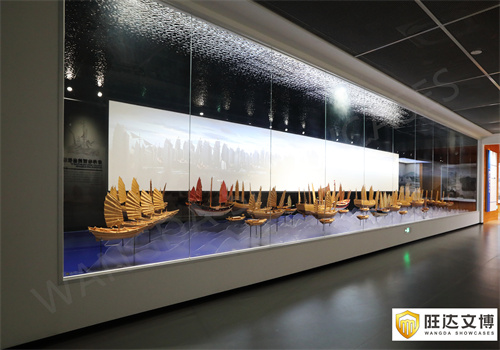
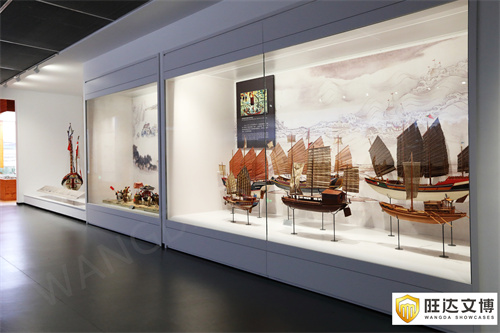
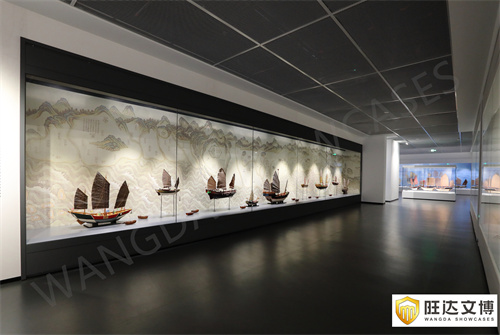
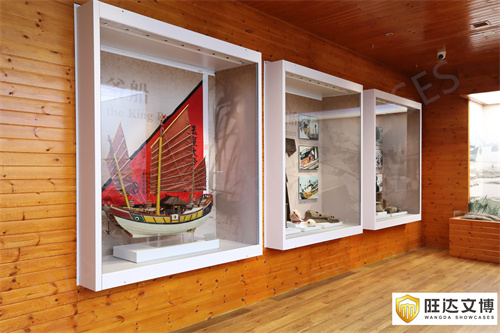
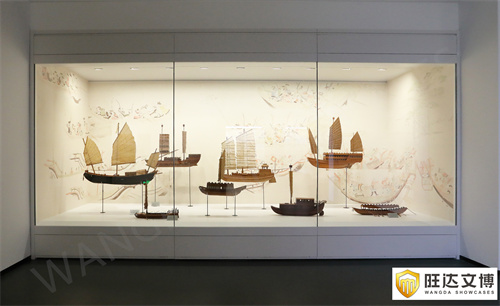

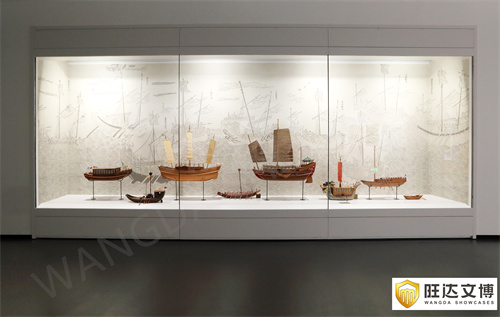
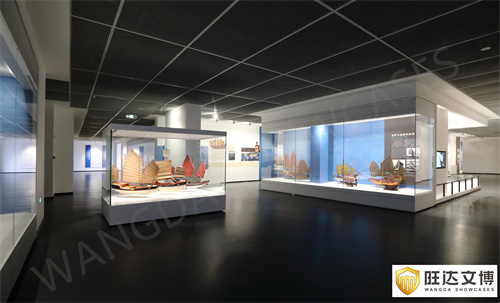
New Exhibition at National Maritime Museum opens to the public
WANGDA SHOWCASES customized museum grade display cases for the new exhibition project for National Maritime Museum of China. All the museum grade display caess are tailored in compliance with the highest technical standards and safety criteria of museum protection and exhibition.
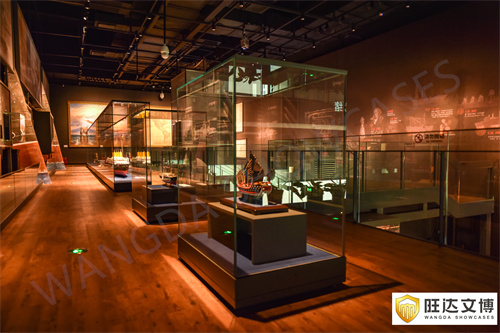

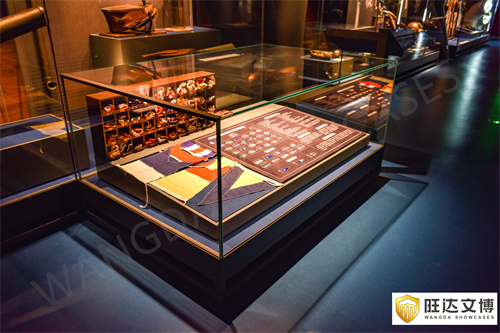
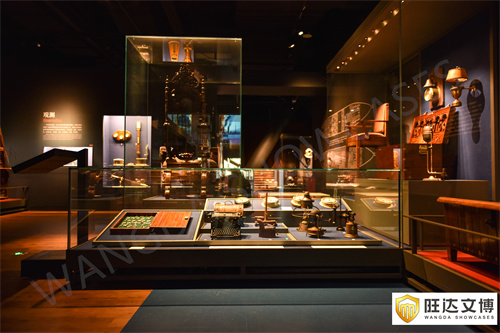




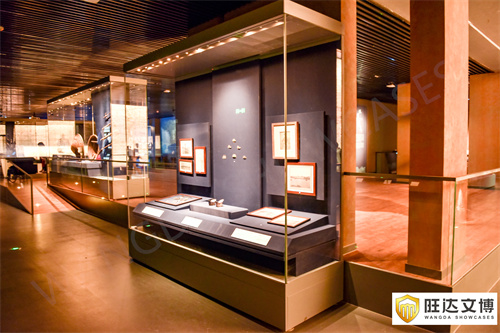
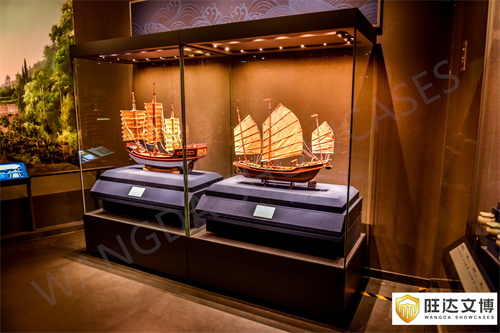
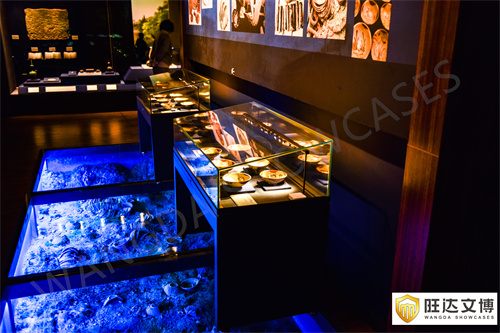
Exhibition at Hall of Martial Valor, Palace Museum
Equipped with museum grade display cases from WANGDA SHOWCAESS, the anticipated exhibition at Hall of Martial Valor, Palace Museum currently opened to the public.
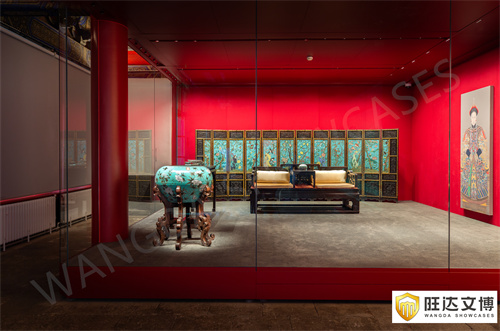

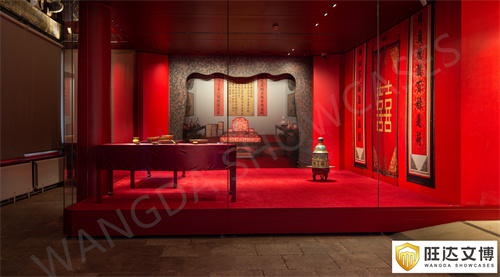
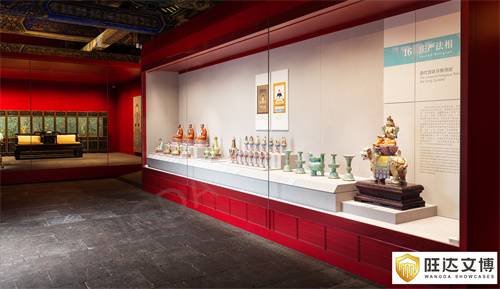
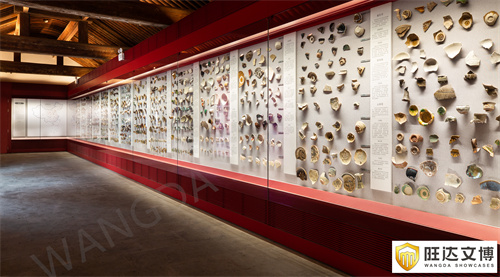
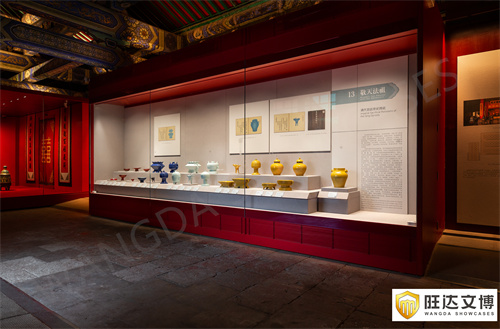
WANGDA SHOWCASES won the museum showcase project for Khitan Museum of China
We are delighted to announce that according to the final report from the evaluation committee, we are honored to win the museum showcase project for Section 3 of Khitan Museum of China. The project amount is totalled CNY 13,908,800.00 and WANGDA SHOWCASES will customize all the museum display cases in accordance with the highest international technology and quality criteria of dedicated museum showcases for all the 4 exhibition halls(Sun Khitan hall and historic culture hall in floor 2, hall of frescoes fine arts of Liao Dynasty and hall of fine arts of Pagoda art in floor 3) ) for such a renowned historic museum to get the prosperous Khitan civilization reappeared to the public.
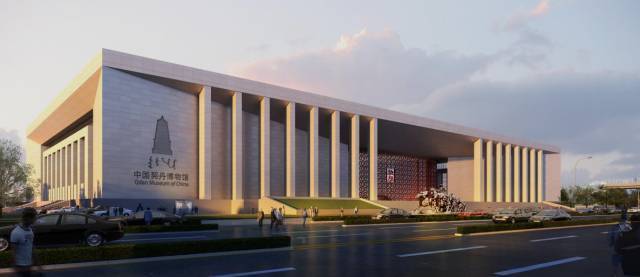
The Khitan people (Khitan small script: , Chinese: 契丹; pinyin: Qìdān) were a Para-Mongolic nomadic people from Northeast Asia who, from the 4th century, inhabited an area corresponding to parts of modern Mongolia, Northeast China and the Russian Far East.
The history of the Khitans dates back to the 4th century. The Khitan people dominated much of Mongolia and modern Manchuria (Northeast China) by the 10th century, under the Liao dynasty, and eventually collapsed by 1125 (or 1211).
Originally from Xianbei origins they were part of the Kumo Xi tribe until 388 when the Kumo Xi-Khitan tribal grouping was defeated by the newly established Northern Wei. This allowed the Khitan to organize and consolidate their own tribe and entity which led to the beginning of Khitan written history.[1]
From the 5th to the 8th centuries the Khitan were dominated by the steppe powers to their West the Turks and then the Uyghurs. The Chinese also came from the south (Northern dynasties or Tang). In some cases they were under Korean domination (from the East, mainly Goguryeo) according to the balance of power at any given time. Under this triple domination the Khitan started to show growing power and independence. Their rise was slow compared to others because they were frequently crushed by neighbouring powers—each using the Khitan warriors when needed but ready to crush them when the Khitans became too powerful.[2]
Enjoying the departure of the Uyghur people for the West and the collapse of the Tang dynasty in the early 10th century they established the Liao dynasty in 907. The Liao dynasty proved to be a significant power north of the Chinese plain as they were continuously moving south and West and gaining control over former Chinese and Turk-Uyghur’s territories. They eventually fell to the Jin dynasty of the Jurchen in 1125, who subordinated and absorbed the Khitans to their military benefit.[2]
Following the fall of the Liao Dynasty many Khitans moved further west and established the state of Qara Khitai. Their name survived in the Russian word for China (Китай, Kitay) as well as the archaic English (Cathay) Portuguese (Catai) and the Spanish (Catay) appellations of the name. They have been classified by Chinese historians as one of the Eastern proto-Mongolic ethnic groups – the Donghu (simplified Chinese: 东胡族; traditional Chinese: 東胡族; pinyin: Dōnghú zú).
WANGDA SHOWCASES won the museum showcase project for Changzhou Museum
After the successful delivery for the museum showcase project to Changzhou Art Museum the first half year of 2020, WANGDA SHOWCASES is now honored to win museum showcase project for temporary gallery of Changzhou. The new showcase project is valued at CNY 5,585,616.00 and WANGDA SHOWCASES is aiming to support to build up another iconic museum in east of China by supplying high standard museum display cases.
Changzhou Art Museum officially opened end June 2020
After 6 years of preparation, planning and construction, Changzhou Art Museum, a high-profile Art Museum in east of China officially opened to the public end June.
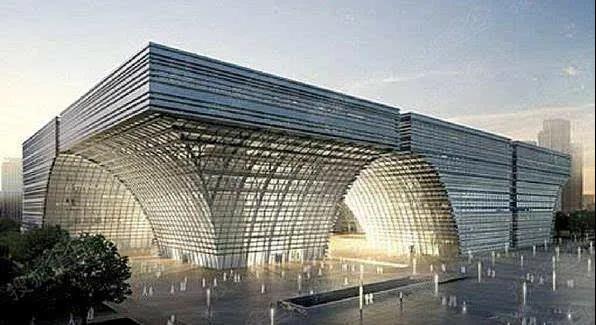
As the core of Changzhou Cultural Plaza, Changzhou Art Museum has a total area 20,000 square meters. All the exhibition halls are equipped with high-standard museum display cases customized by WANGDA SHOWCASES.
In view of the fact that most of the exhibits in the museum are long calligraphy and paintings which need to be hung against the wall or tiled horizontally for presentation display. For better exhibition effect with enhanced display effect, and for coordinating the spatial relationship between the exhibits and the exhibition hall, we mainly designed two types of museum display cabinets, i..e. wall-against showcases and look-down showcases. At the same time, for wall-against showcases, we designed overall height 4000mm in order to enhance visiting experience of visitors.
Delicate calligraphy and paintings are extremely sensitive to the exhibition environment so it requires preventive protection critically.WANGDA SHOWCASES selected first-quality raw materials and adopted high-precision processing to make showcases components be seamlessly connected in order to ensure the airtightness of the museum display cabinets. For different exhibits with various characteristics, we equipped our showcases with active micro-climate control system for relatively constant temperature and humidity range to balance the climate impact by external environment on internal display space of museum showcases. For achieving the optimal presentation and protection, for this project, we imported ERCO lighting system and selected imported low-reflective safety glass with SGP anti-bending film that effectively blocks 99.9% of ultraviolet rays.
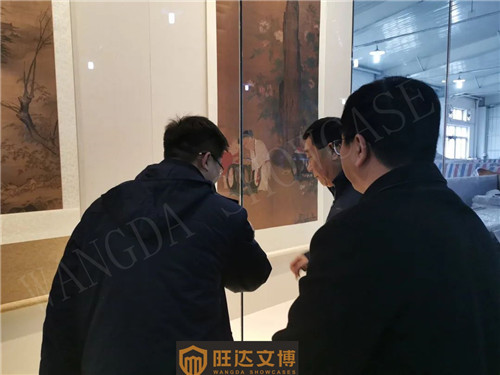


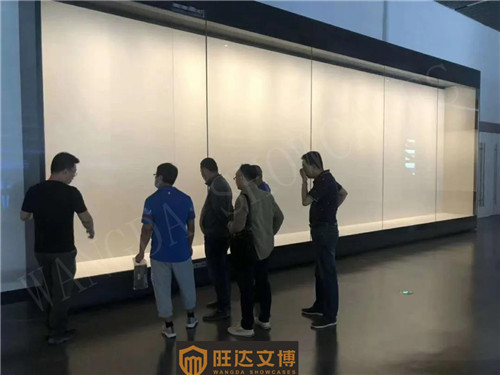
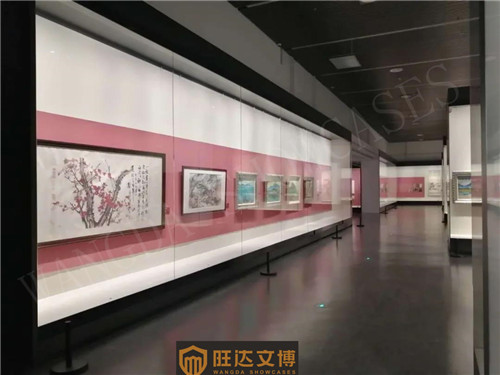
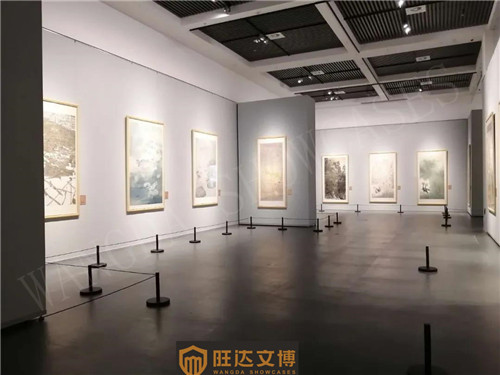
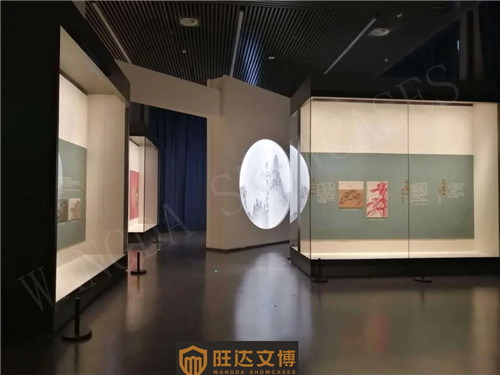

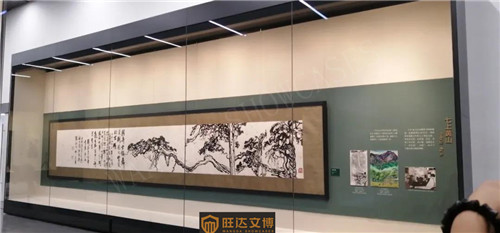
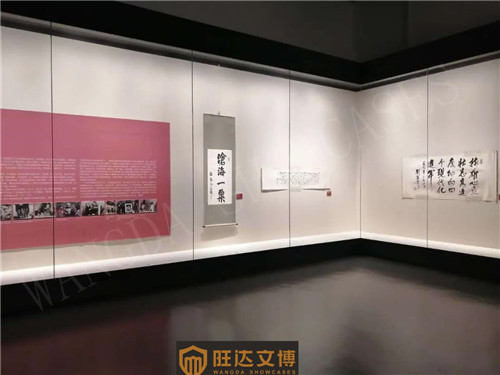
WANGDA SHOWCASES won the renovation project of National Museum of China
On 25 th. May, 2020 WANGDA SHOWCASES successfully won the public tender of renovation project(project number:HSZT2020HG/026) for National Museum of China and will customize a batch of high standard museum showcases/museum display cases/museum display cabinets in compliance with the highest EU museum security and conservation for the public areas of both East gate and South gate of National Museum of China.

WANGDA SHOWCASES finished on-site installation of museum showcases for Yushantang Museum, Ningbo University
WANGDA SHOWCASES customized high standard museum grade showcases/display cases/display cabinets for Yushantang Museum of Ningbo University and passed by the receipt inspection by the national-class museum experts after on-site installation was completed well.
